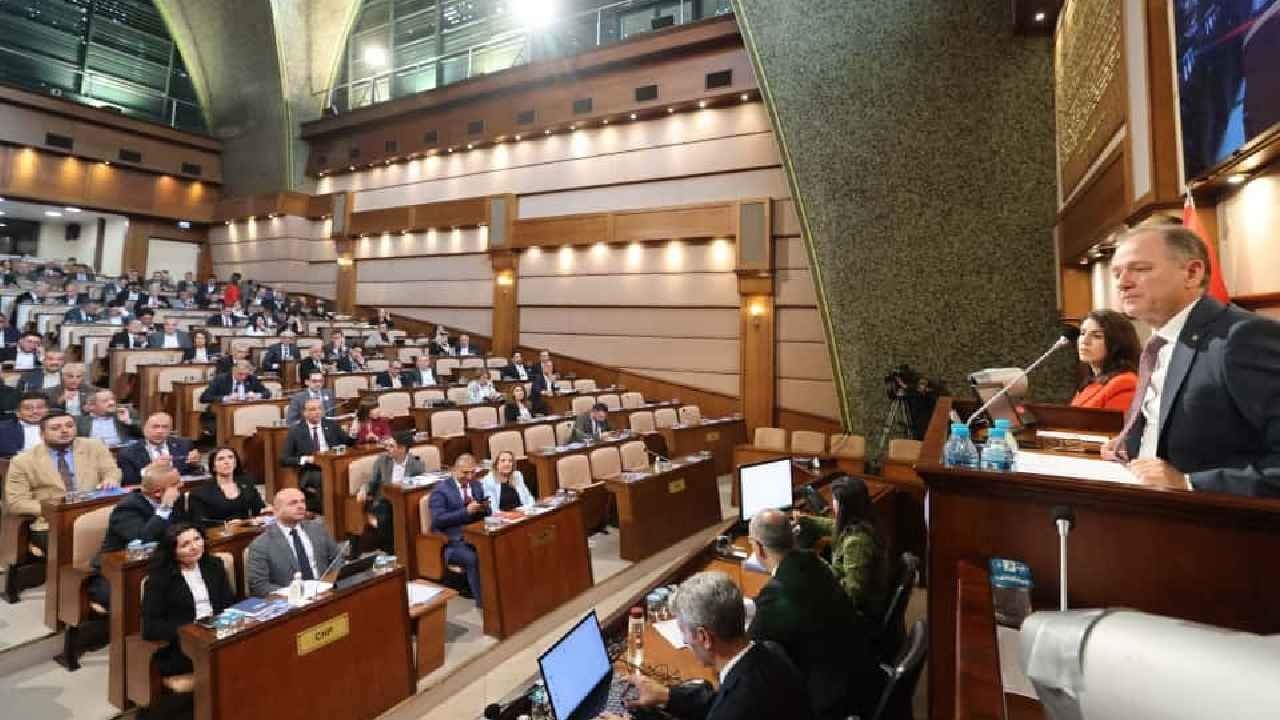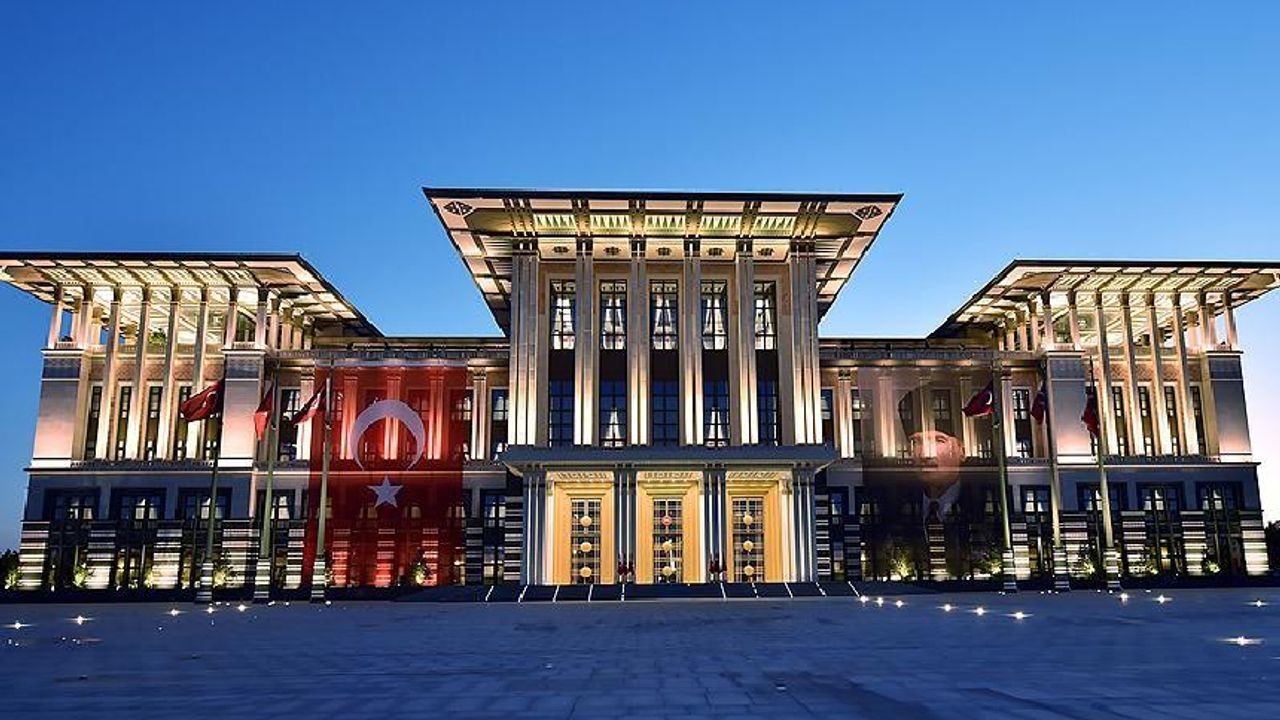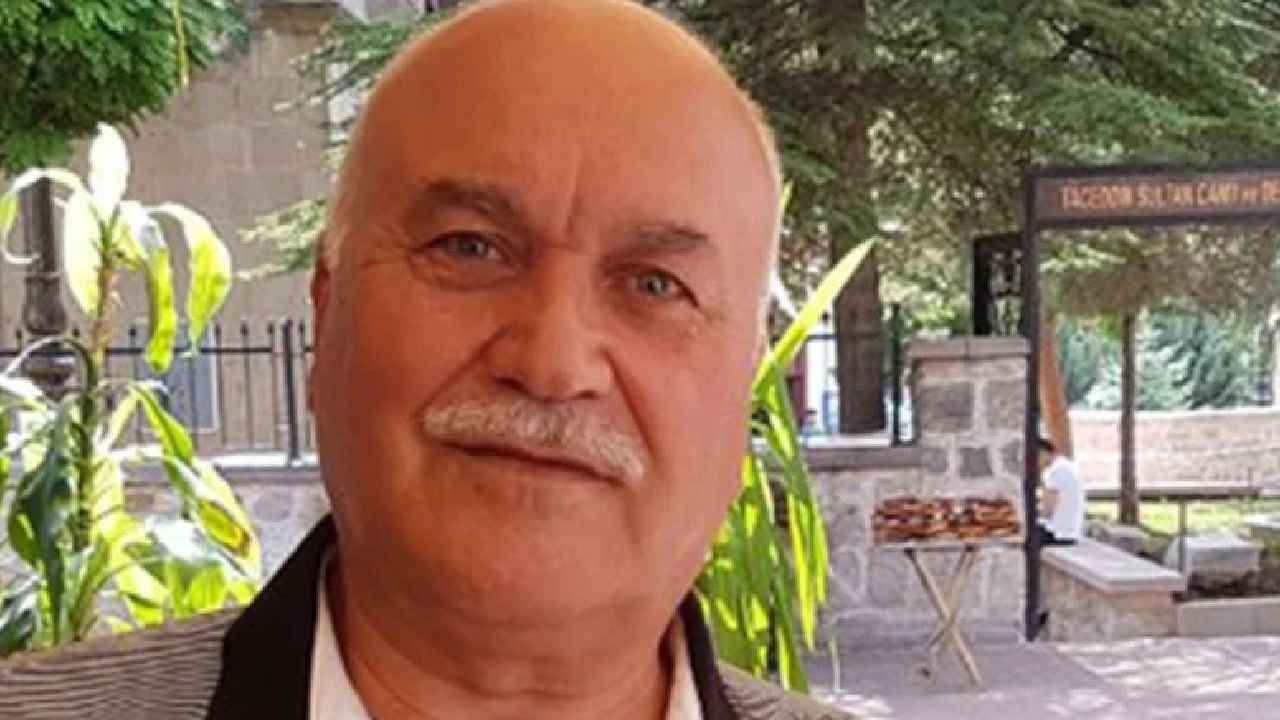Harvard astrophysicist warns: Billion-dollar company poses threat to life

Renowned astrophysicist Jonathon McDowell said that if Elon Musk 's SpaceX Starlink satellites rapidly deorbit and fall into the Earth's atmosphere, it could cause irreversible damage to the planet's stratosphere.
McDowell, who worked at the Harvard-Smithsonian Center for Astrophysics for 37 years, stated that currently one to two Starlink satellites enter the atmosphere every day, and that this number could increase to five satellites per day in the coming years.
"If the stratosphere is damaged, especially if the ozone layer is weakened, the amount of harmful ultraviolet rays reaching the Earth increases. This can have serious consequences such as skin cancer, cataracts and eye damage," McDowell said.
8,000 STARLINK SATELLITES IN ORBITS
More than 8,000 SpaceX satellites are currently in orbit around Earth. The company has launched more than 2,000 new satellites this year.
The US Federal Aviation Administration (FAA) warned Musk in 2023, predicting that satellites could cause fatal accidents by 2035.
According to the FAA report, approximately 28,000 pieces of hazardous debris could fall into the atmosphere during re-entry in the coming years. Musk called the analysis "absurd and baseless," and SpaceX engineer David Goldstein called the report "deeply flawed."
Although SpaceX says its satellites are designed to “burn completely,” the company acknowledged in an announcement this year that some satellites do not completely burn.
THE DANGER OF "KESSLER SYNDROME"
McDowell stated that the rapidly increasing number of objects in orbit creates the risk of a chain reaction known as Kessler syndrome, saying, "If just one percent of the planned 30,000 Starlink satellites fail, that would amount to 300 giant satellites. That number would be enough to put low Earth orbit into Kessler syndrome."
The scientist noted that the orbit between 600 and 1,000 kilometers is particularly littered with old Soviet rockets and other debris, and emphasized that adding new satellites to this region increases the risk of collision.
Metal accumulation in the atmosphere is increasing
Concerns aren't limited to space debris. Metal vapors released as satellites burn up as they enter the atmosphere can accumulate toxic metals like aluminum, lithium, and copper in the stratosphere. "Almost no one thinks about the impact of these satellites on the stratosphere," said Daniel Murphy, an atmospheric chemist at the National Oceanic and Atmospheric Administration (NOAA). According to Murphy and his team's work, these metals can mix with sulfuric acid aerosols, threatening the ozone layer. Aluminum compounds can react with light to increase the release of chlorine, which can lead to ozone depletion.
"ANSWERS STILL UNCERTAIN"
Adam Mitchell, a materials engineer at the European Space Agency, said the future strategy should be based on “reuse and recycling in space.” ASD Eurospace director Pierre Lionnet warned that “SpaceX could be creating a huge environmental problem in 30 years.”
ntv





